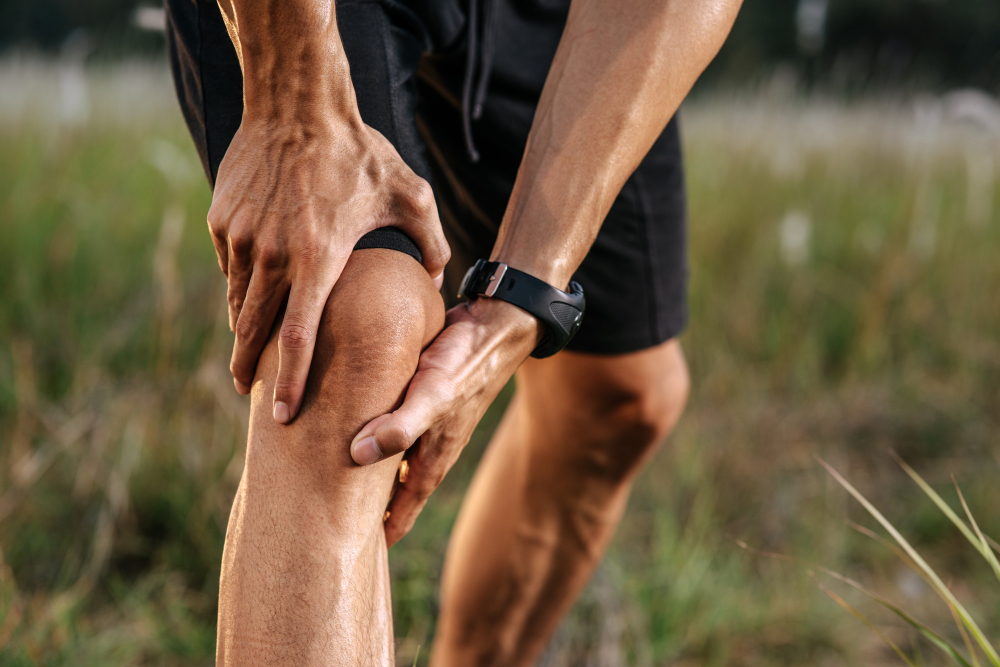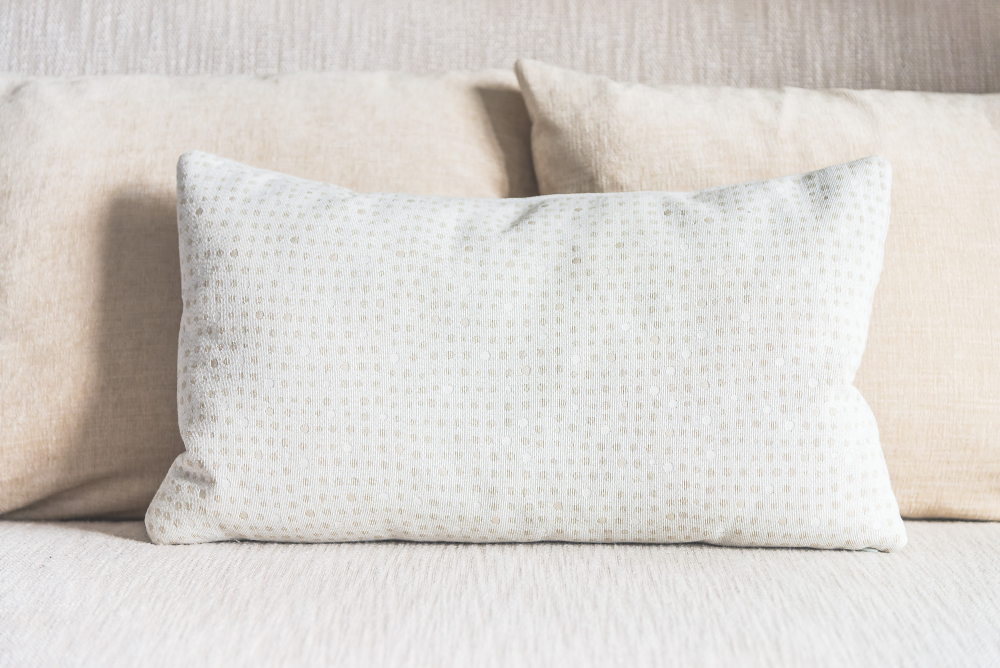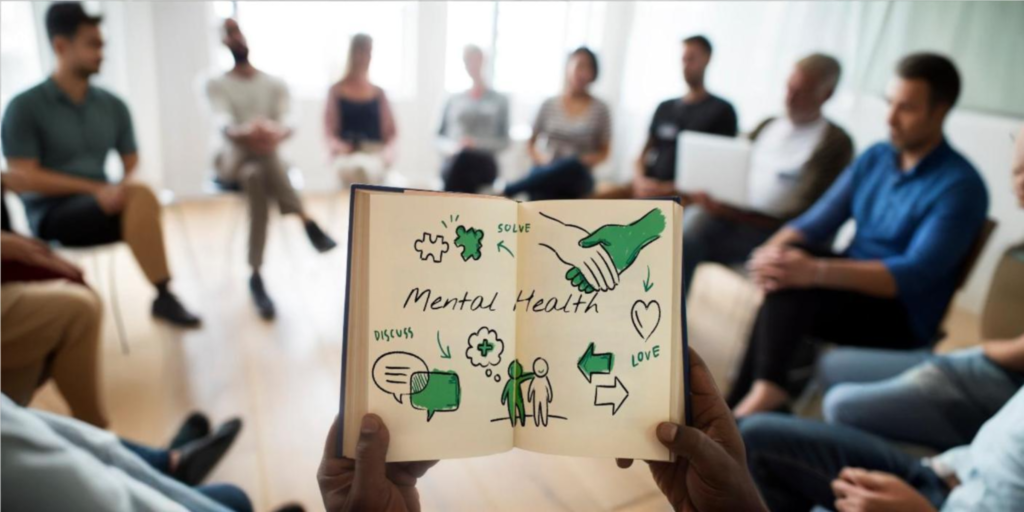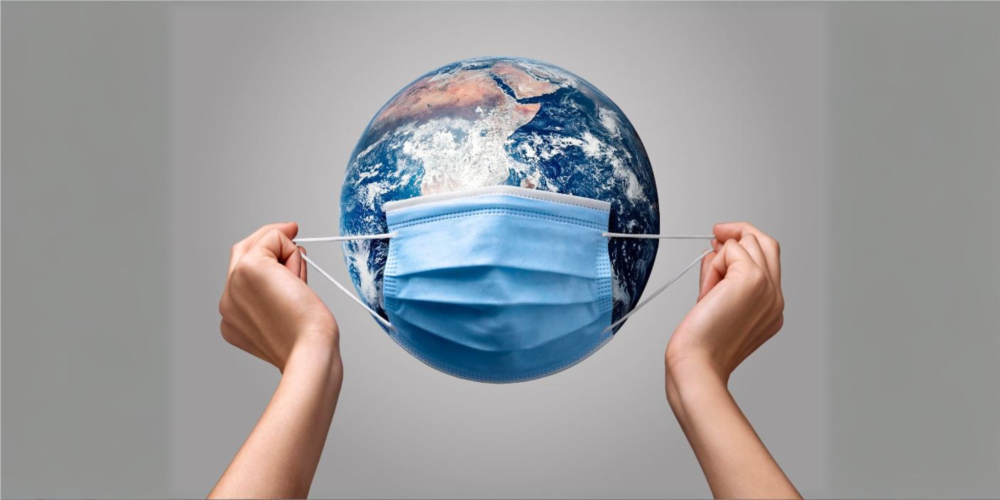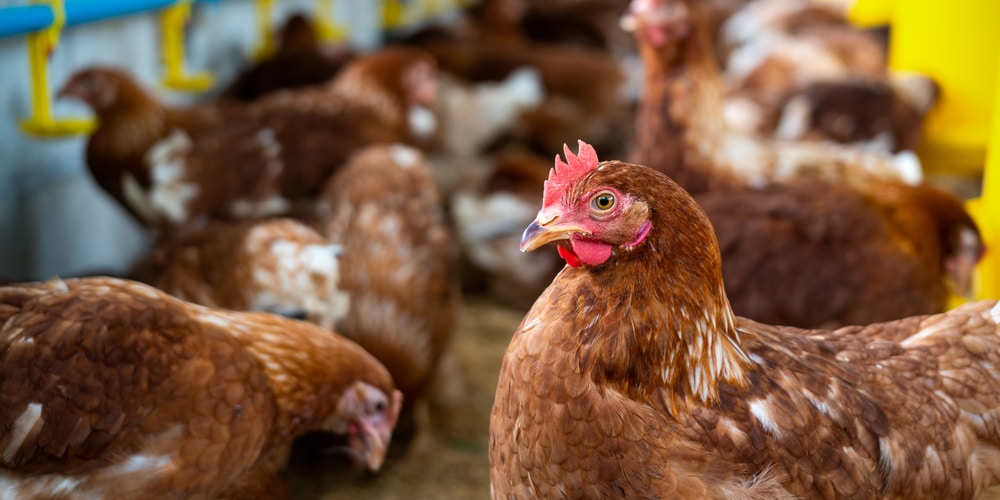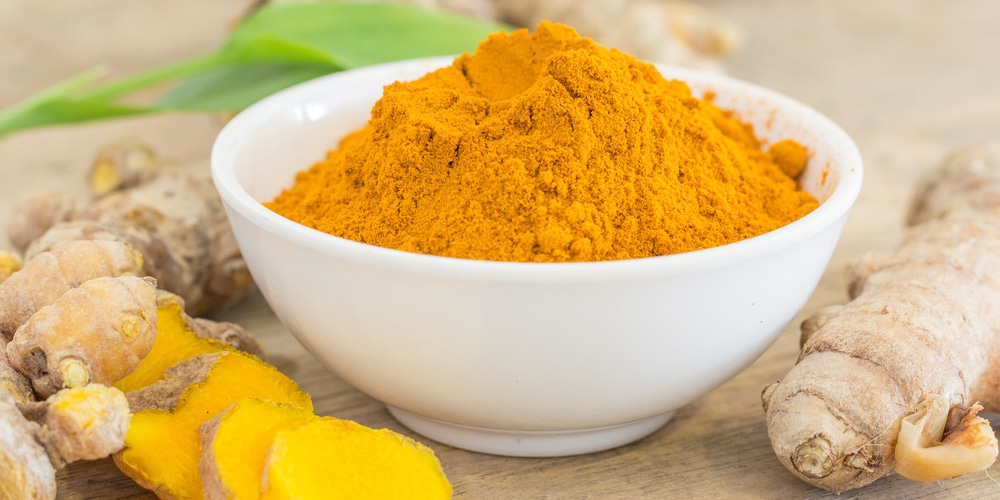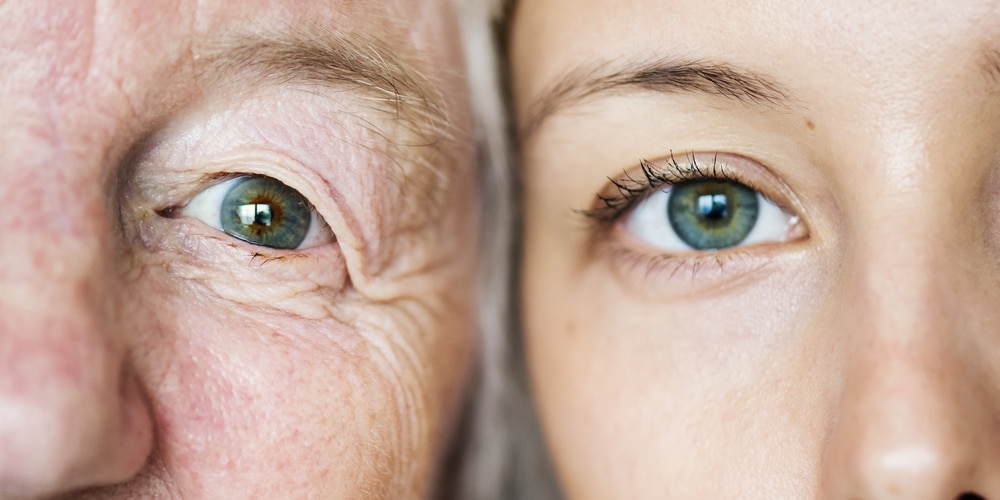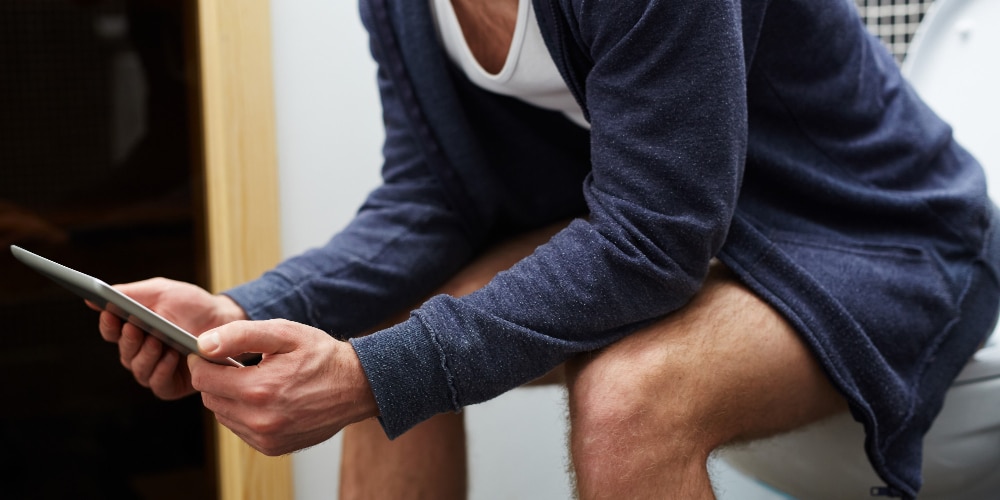Are your daily habits fueling joint pain?
Arthritis in India is a growing health crisis, with nearly one in six Indians suffering from musculoskeletal and arthritis-related pains, often linked to lifestyle, environmental factors, and other factors
Author
Author
- admin / 8 hours

- 0
- 10 min read
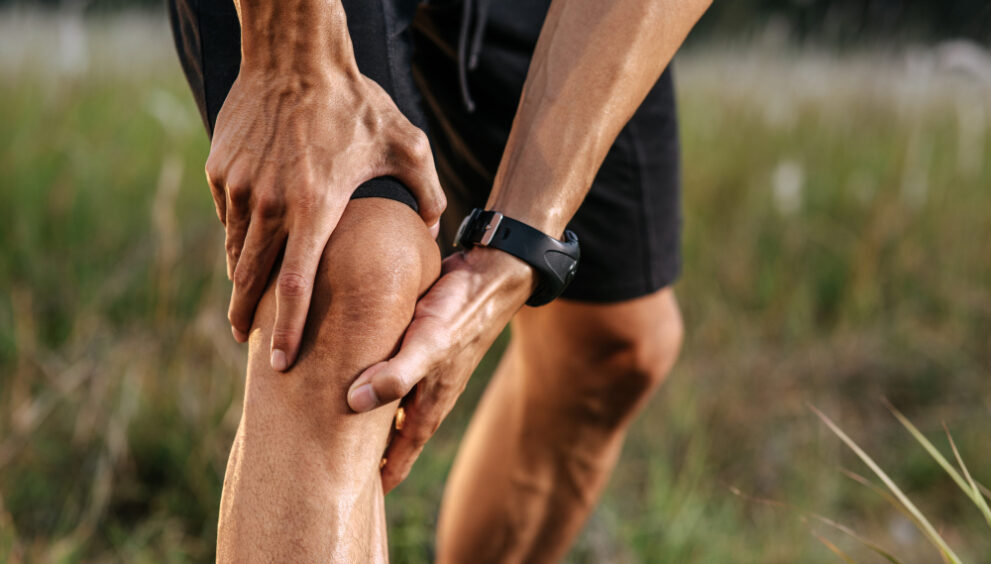
Author
The survey stated that arthritis pains are the most common self-reported illness in Indian communities, surpassing diabetes and hypertension. The COPCORD survey, which tracked 56,548 people across rural and urban India, found that 16.14 per cent of the population suffers from musculoskeletal (MSK) pain, with rural areas and women being disproportionately affected.
Despite this high prevalence, as per a Lok Sabha reply, “there is no specific programme for prevention and control of arthritis.” Considering the magnitude of the problem, it is important to understand what arthritis is, why its prevalence is increasing in India, what causes it, and whether there are solutions available to manage and prevent it effectively.
What is arthritis?
Arthritis is a condition that causes damage to the joints, which are the points in the body where two bones meet. While some wear and tear of joints is natural with age, arthritis can occur due to injuries, chronic health conditions, or autoimmune responses. It can affect any joint but is most commonly seen in the hands, wrists, knees, hips, feet, ankles, shoulders, and lower back.
There are over 100 types of arthritis, but the most common forms include osteoarthritis, rheumatoid arthritis, gout, ankylosing spondylitis, psoriatic arthritis, and juvenile arthritis.
The COPCORD study revealed prevalence rates of 4.39 per cent for osteoarthritis, 1.2 per cent for chikungunya arthritis, 0.34 per cent for rheumatoid arthritis, 0.23 per cent for spondyloarthritis, 0.22 per cent for undifferentiated inflammatory arthritis, and 0.05 per cent for gout in India. “Non-specific arthralgias, soft tissue pains, and degenerative arthritis were dominant disorders; 12 per cent of respondents reported inflammatory arthritis,” it said (sic.).
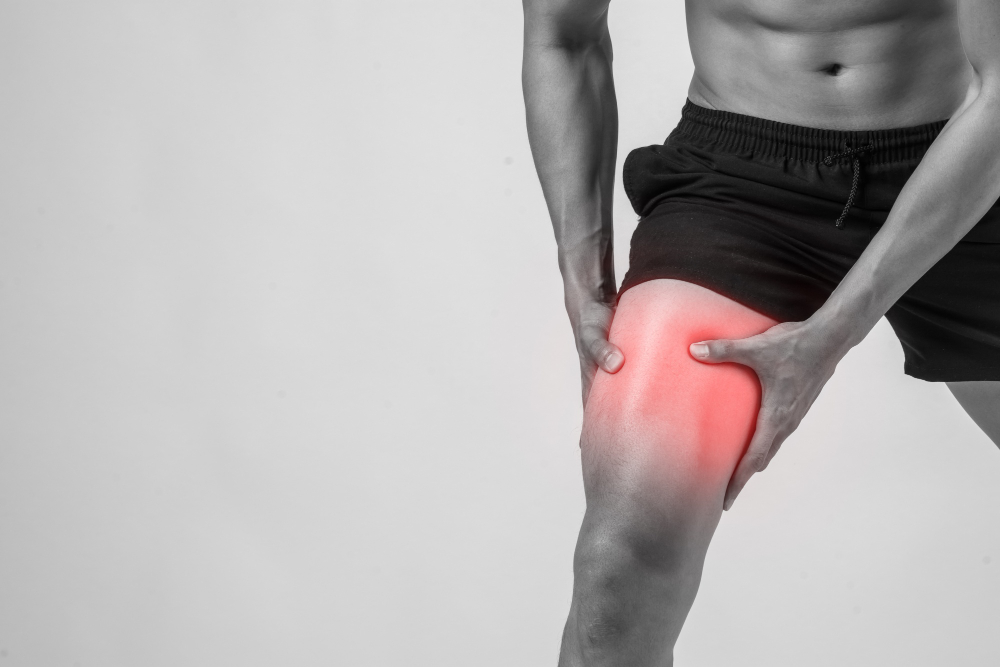
Osteoarthritis, often referred to as ‘wear and tear’ arthritis, occurs when the cartilage cushioning the joints gradually breaks down over time and is the most common form. In fact, India has shown alarming growth. According to a 2022 study, around 23.46 million individuals had osteoarthritis in 1990, which increased to 62.35 million by 2019.
Rheumatoid arthritis is an autoimmune condition in which the immune system mistakenly attacks the joints, causing inflammation and pain. Gout results from the formation of uric acid crystals in the joints, causing sudden and sharp pain, while Ankylosing Spondylitis primarily affects the joints near the lower back. Psoriatic arthritis is associated with psoriasis, and juvenile arthritis affects children and adolescents under the age of 16.
What are the symptoms?
Symptoms of arthritis generally include joint pain, stiffness, swelling, tenderness, warmth, reduced range of motion, and, in some cases, skin discolouration. Some types cause chronic symptoms, while others occur in flares or episodes of sudden worsening.
The risk factors include age, female gender, sedentary lifestyle, obesity, tobacco use, family history, physically demanding jobs, and other comorbidities such as autoimmune diseases.
But why is arthritis growing in India?
The growing prevalence of arthritis in India is influenced by multiple factors, including lifestyle, socio-economic conditions, and demographic shifts. A 2016 community-based cross-sectional study investigated the prevalence of primary knee osteoarthritis across five sites in India, encompassing big cities, small cities, towns, and villages, with a total sample size of 5,000 subjects. Diagnosis was confirmed using the Kellgren and Lawrence scale—a radiographic classification system used to grade osteoporosis. The study found an overall prevalence of knee osteoarthritis at 28.7 per cent, with higher rates among women at 31.6 per cent. Significant associated factors included age, female gender, obesity, and sedentary work.
Further reinforcing these findings, the COPCORD survey highlighted similar trends across rural and urban India. It noted that “significant risk factors associated with MSK pain included female gender, poor literacy, non-vegetarian diet, chronic non-MSK illness, past trauma, and tobacco use.”
Adding to the findings of the studies, Prof (Dr) Uma Kumar, Head of the Rheumatology Department at AIIMS Delhi, said that the increasing burden of arthritis and other musculoskeletal pains is not unique to India but part of a global pattern. “The Global Burden of Disease study has shown that rheumatological illnesses such as osteoarthritis, back pain, and rheumatoid arthritis are increasing,” she noted, pointing to lifestyle and environmental changes as major contributors.
According to Dr Kumar, the rise in arthritis cases can be attributed to several interconnected factors. “One of the key reasons is longevity,” she said. “People are living longer, and with age, degeneration of joints naturally increases. But lifestyle-related factors like obesity, lack of physical activity, smoking, and even recurrent infections are also contributing in a big way. Pesticides and chemicals have also been linked to the occurrence of arthritis.”
She added that prolonged digital exposure has become a modern-day trigger. “The excessive use of mobiles, laptops, televisions, and long sitting hours in incorrect posture are leading to more cases of degenerative joint disease,” she said.
Dr Kumar observed that arthritis cases are rising particularly fast in middle- and low-income countries. “They are increasing globally but more in middle-income and low-income countries,” she said. “The reasons include higher smoking rates, exposure to pesticides and chemicals, recurrent infections, poor food habits, obesity, diabetes, and other non-communicable diseases.” She also noted a visible post-COVID spike in arthritis cases, likely due to infections and immune disturbances.
“Osteoarthritis, which is most common in India, is a degenerative joint disease that occurs due to wear and tear. Earlier, we used to see it in people above 40, but now even younger individuals are getting it because of faulty lifestyle habits like talking for long on smartphones or sitting for hours on computers in bad posture,” she added.
Explaining the connection between autoimmune diseases and arthritis, Dr Kumar said that rheumatoid arthritis, an autoimmune type, is triggered when the immune system attacks the body’s own tissues. “People who are genetically predisposed may develop autoimmune arthritis when exposed to triggers such as smoking, air pollution, or chronic stress,” she said.
She further explained that pollutants and infections can alter the body’s proteins, causing the immune system to mistake them for foreign substances. “When these changes occur, the body produces autoantibodies that start attacking its own cells, including those in the joints,” she said. Research has even found rheumatoid markers like anti-CCP and rheumatoid factors in respiratory fluids, suggesting a link between the lungs and joints.
Dr Kumar said this mechanism, known as “molecular mimicry”, shows how inflammation in one part of the body can trigger autoimmune arthritis elsewhere. “Environmental exposure, stress, poor posture, and changing lifestyles are all playing a part in this growing problem,” she added.
What is the solution?
Currently, there is no national programme in India specifically aimed at arthritis prevention and control. However, several government initiatives indirectly address the treatment and management of the disease through broader healthcare frameworks. According to a Lok Sabha reply, arthritis care is primarily covered under existing schemes focused on elderly health, non-communicable diseases, and affordable medical access.
“The National Programme for Healthcare of Elderly (NPCHE) addresses the issues of arthritis in elderly. Arthritis is diagnosed and treated at various levels in the health care facilities. The treatment in Government Hospitals is either free or highly subsidized for the poor and needy. There is also focus on arthritis in its various aspects in case of new AIIMS and many upgraded institutions under Pradhan Mantri Swasthya Suraksha Yojna (PMSSY),” the Ministry stated.
In addition, the government has expanded healthcare coverage under the Pradhan Mantri Jan Arogya Yojana (PMJAY), which provides an annual insurance cover of ₹5 lakh per family for secondary and tertiary care hospitalisations. The scheme currently benefits over 10.74 crore families identified through the Socio-Economic and Caste Census (SECC) 2011. “AB-PMJAY provides treatment corresponding to a total of 1,669 procedures under 26 different specialities for NCDs. The treatment packages under AB-PMJAY are very comprehensive, covering various treatment related aspects such as drugs and diagnostic services,” the reply added.
To further ensure affordable access to medicines, the government runs the Pradhan Mantri Bhartiya Janaushadhi Pariyojana (PMBJP), which provides quality generic medicines at subsidised prices in collaboration with State Governments. The establishment of Affordable Medicines and Reliable Implants for Treatment (AMRIT) pharmacy stores in several hospitals and institutions has also made drugs and implants available at significant discounts compared to their Maximum Retail Price.
The reply also highlighted that “all orthopaedic doctors in Central Government hospitals are trained regularly for managing rheumatoid arthritis.”
Dr Kumar, however, believes that while these initiatives are a step in the right direction, India urgently needs a dedicated national framework focused on musculoskeletal health rather than just arthritis. “It shouldn’t be a national programme on arthritis; it should be a national programme on musculoskeletal health,” she said. Explaining her point, she noted that arthritis is only one of many symptoms arising from broader musculoskeletal issues. “Such a programme should educate people on how to sit, walk, and exercise, and identify which lifestyle factors can trigger these diseases,” she added.
According to Dr Kumar, this programme could be integrated under a larger umbrella of existing health schemes that already target non-communicable diseases like hypertension, diabetes, and cardiac conditions. “When we already have national programmes for these, musculoskeletal health can be included as part of that ecosystem,” she suggested.
On prevention, Dr Kumar emphasised that while genetic factors account for about 40 per cent of arthritis risk, the remaining 60 per cent are linked to environmental and lifestyle factors that need careful attention. “To lower the risk of arthritis, we need to look into factors such as smoking, air pollution, recurrent infections, chronic stress, and lack of sleep,” she said. She also highlighted the importance of reducing exposure to harmful chemicals and pesticides, which can trigger autoimmune responses, noting that addressing these factors can significantly help in preventing arthritis.
Physical activity, she noted, is key to improving immune function and reducing inflammation. “Exercise helps not only in maintaining joint flexibility but also strengthens muscles, which support the joints,” she explained.
She further underscored the importance of postural awareness, particularly for people working long hours on computers or mobile devices. “Right posture means having your screen at eye level, keeping the chair and table at appropriate heights, and positioning your hands correctly while typing or using a mouse,” she advised.
Dr Kumar also stressed the role of diet in prevention. “Obesity is one of the major risk factors. Avoiding processed and junk food helps reduce oxidative stress, which is linked to chronic inflammation,” she said. Chronic oxidative stress, she explained, not only contributes to arthritis but also increases the risk of conditions such as diabetes, hypertension, coronary artery disease, and stroke.
Her advice, ultimately, is simple but powerful: adopt an active lifestyle, maintain good posture, manage stress, and eat mindfully, as these remain the most effective defences against arthritis and other musculoskeletal diseases.
(Do you have a health-related claim that you would like us to fact-check? Send it to us, and we will fact-check it for you! You can send it on WhatsApp at +91-9311223141, mail us at hello@firstcheck.in, or click here to submit it online)
